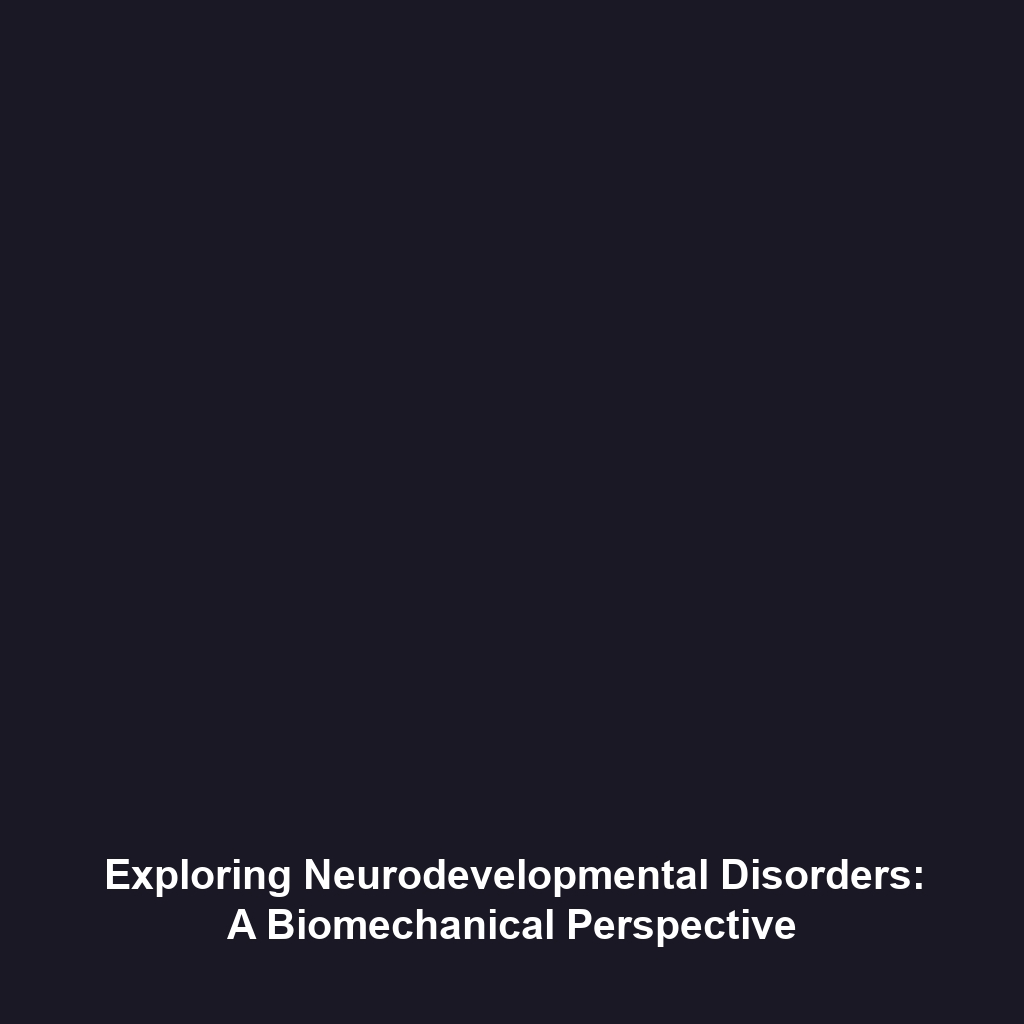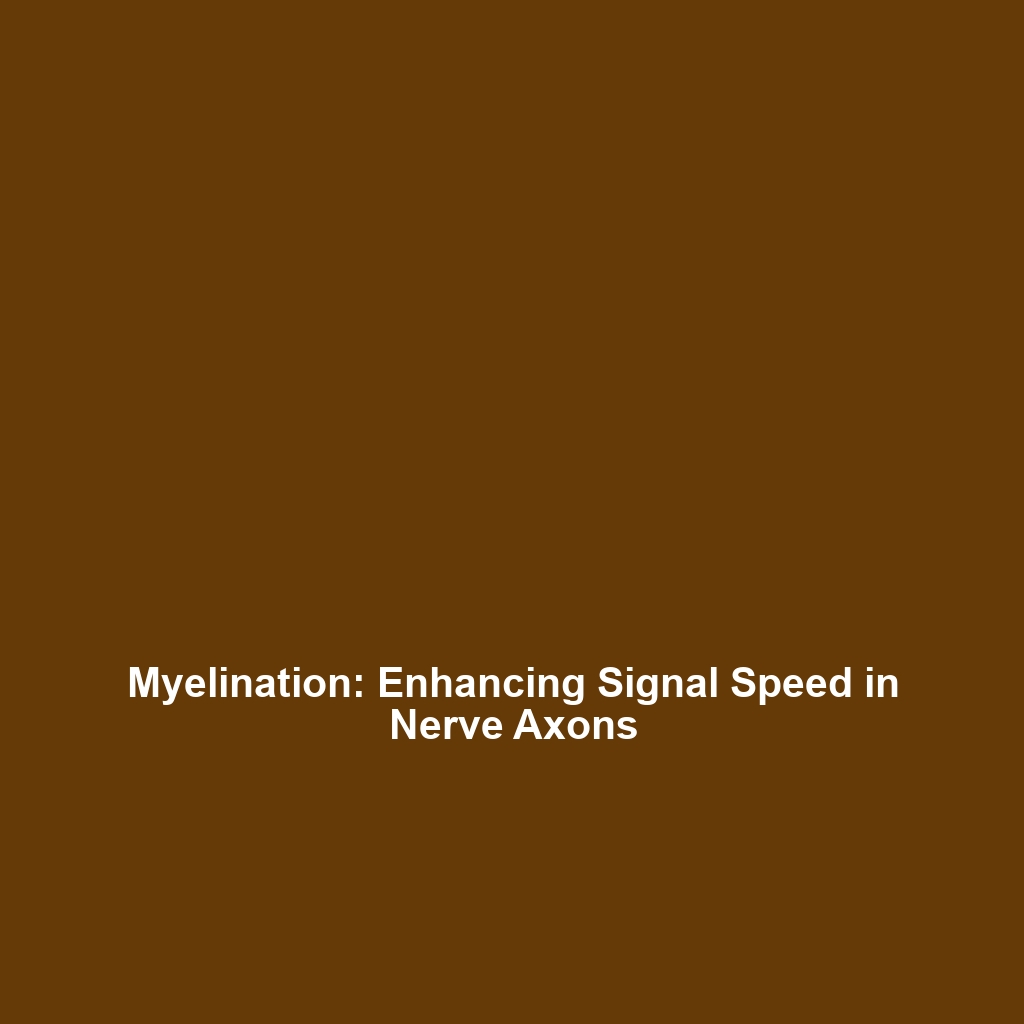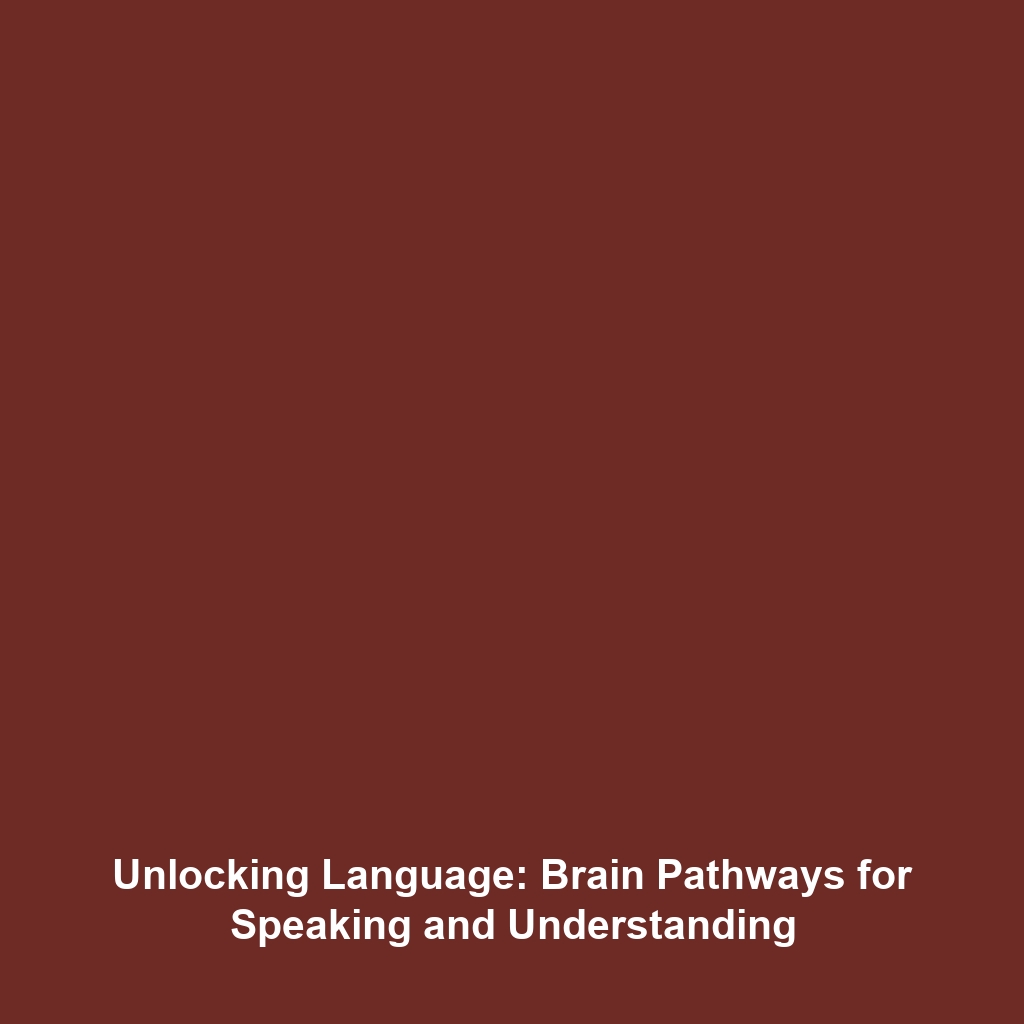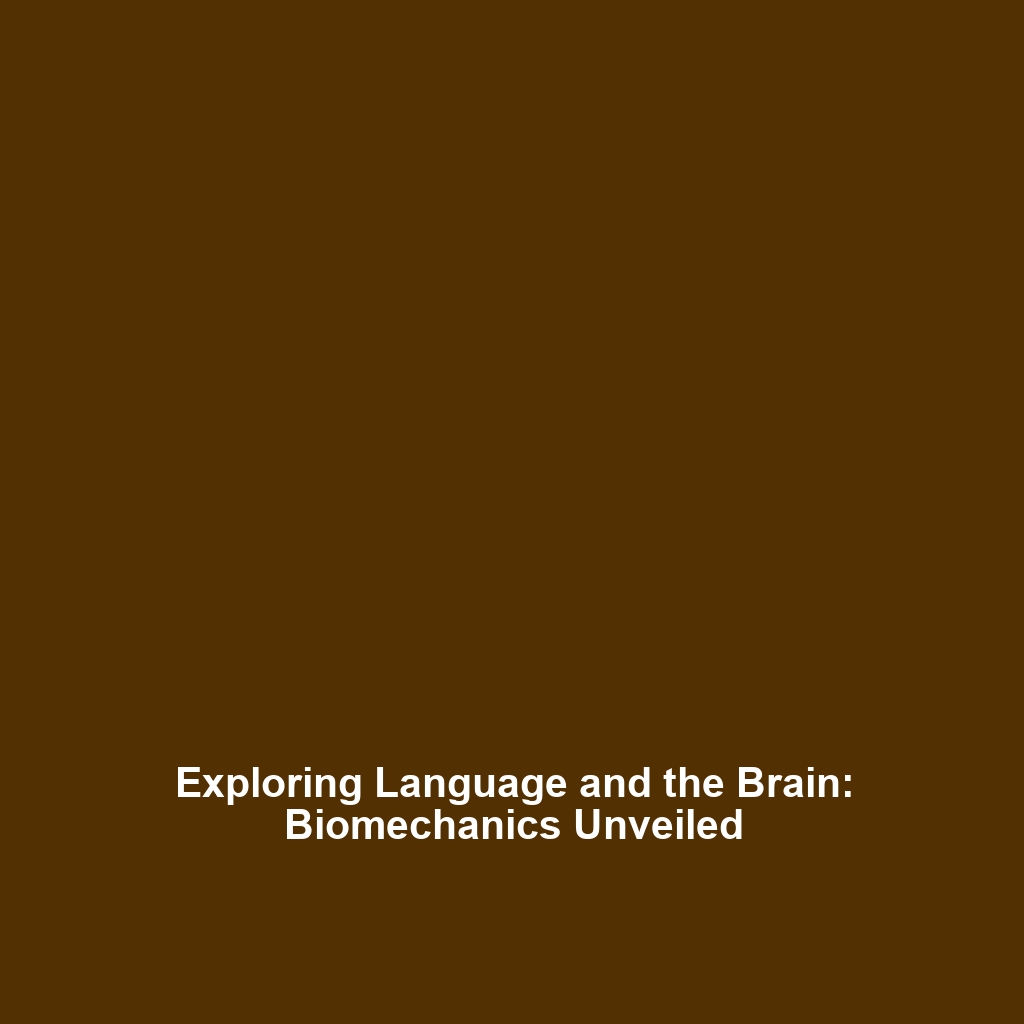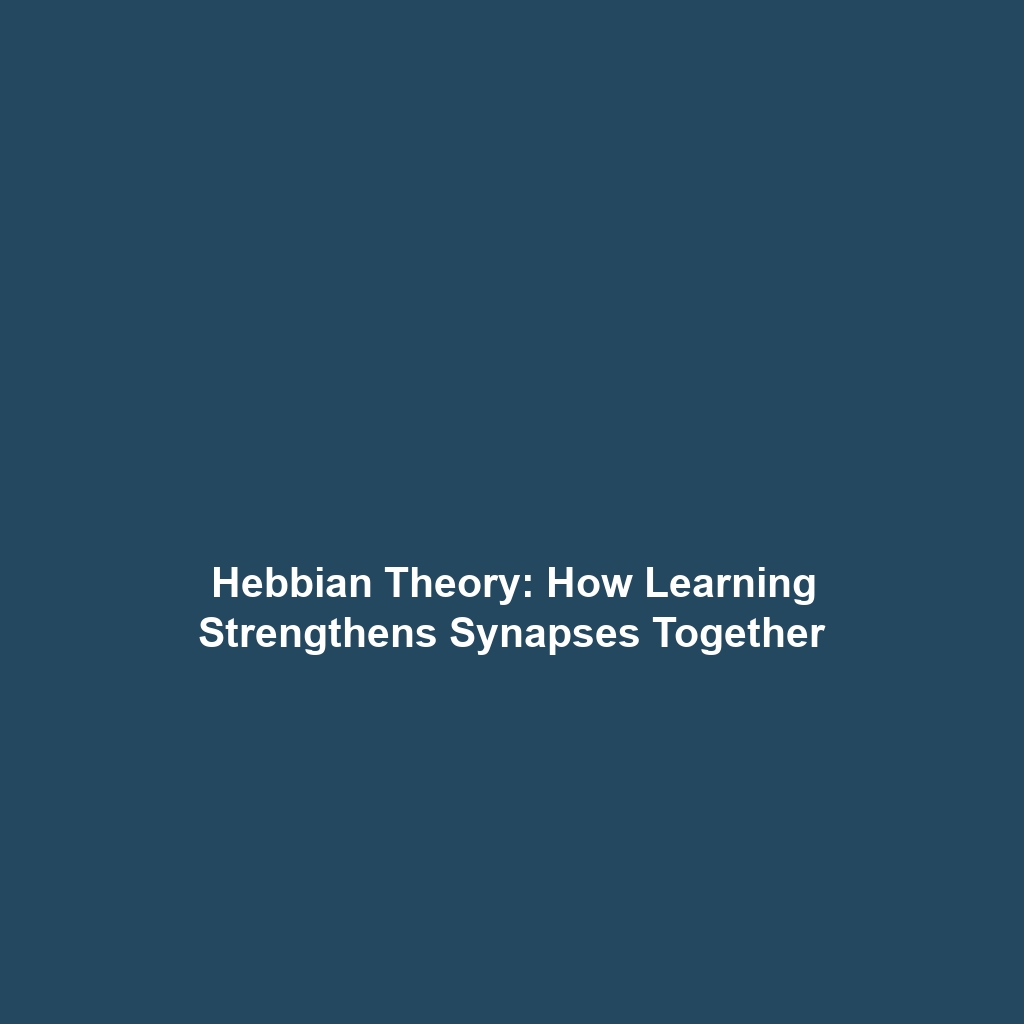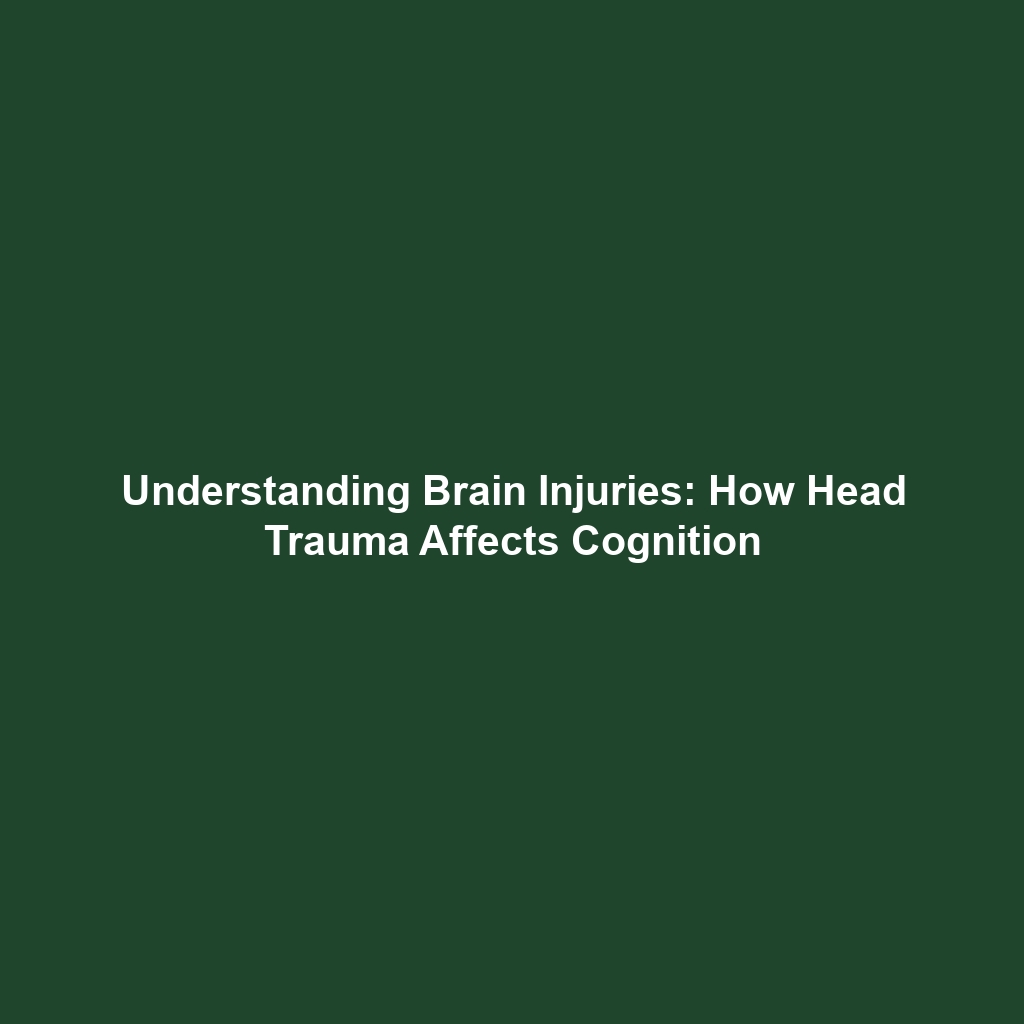Understanding Neurodevelopmental Disorders Through the Lens of Biomechanics
Neurodevelopmental disorders (NDDs) significantly impact individuals’ cognitive, social, and physical behaviors, affecting a plethora of developmental trajectories. The importance of understanding these disorders cannot be overstated, particularly within the broader context of biomechanics. As we delve into neurodevelopmental disorders, we unveil not only the unique challenges they present but also how biomechanical principles can offer insights into their manifestations and treatment. This article aims to bridge these two critical fields, enhancing our understanding and revealing new avenues for intervention.
Key Concepts in Neurodevelopmental Disorders
The study of neurodevelopmental disorders employs various key concepts, many of which intersect with biomechanics:
- Motor Skills Development: NDDs often affect motor skills, highlighting the importance of studying movements and muscle coordination.
- Cognitive-Physical Interactions: Understanding how cognitive impairments influence physical behaviors, which can lead to altered biomechanical patterns.
- Neuroplasticity: The brain’s ability to reorganize itself through experience has significant implications for rehabilitation in biomechanics following neurological injuries.
- Quantitative Analysis: The application of biomechanical methods to quantify movement and posture in individuals with NDDs for better assessment and treatment strategies.
Applications and Real-World Uses
Neurodevelopmental disorders have several critical applications within biomechanics that help shape intervention and therapeutic strategies:
- How Neurodevelopmental Disorders are used in rehabilitation: Biomechanics plays a vital role in designing tailored therapies for children and adults with motor impairments associated with NDDs.
- Wearable Technology: Devices that monitor physical activity and provide feedback to assist individuals with NDDs in improving their motor functions.
- Robotics in Therapy: Utilizing biomechanical principles, robot-assisted therapy has emerged as an innovative approach to provide support and motivation for patients.
Current Challenges in Studying Neurodevelopmental Disorders
The integration of biomechanics and neurodevelopmental disorders does not come without its challenges and limitations. Some of the notable issues include:
- Complexity of Disorders: NDDs vary significantly, complicating the research and application of biomechanical strategies.
- Lack of Standardized Measures: Variability in assessment tools across studies makes it difficult to compare results and apply consistent biomechanical evaluations.
- Resource Limitations: Access to advanced biomechanical analysis tools can be limited, affecting the quality of research and therapy.
Future Research and Innovations
The future of biomechanics in the study of neurodevelopmental disorders is promising, with several directions of ongoing research and innovation:
- Advanced Motion Capture Technologies: Development of precise technologies that offer high-resolution movement analysis for better treatment feedback.
- Neurofeedback Mechanisms: Research into how biomechanical data can be used to enhance neurofeedback capabilities for therapy.
- Artificial Intelligence: Utilizing AI to analyze biomechanical data to predict and customize treatment plans for individuals with NDDs more effectively.
Conclusion
In summary, neurodevelopmental disorders present complex challenges that are intrinsically linked to biomechanics. By integrating biomechanical principles, we can gain deeper insights and develop innovative interventions for those affected. As research continues to evolve in this multifaceted area, it remains crucial to foster interdisciplinary collaboration that advances our understanding and support for individuals with NDDs. For further reading on biomechanics and related disorders, explore our related articles and stay updated on the latest developments.
